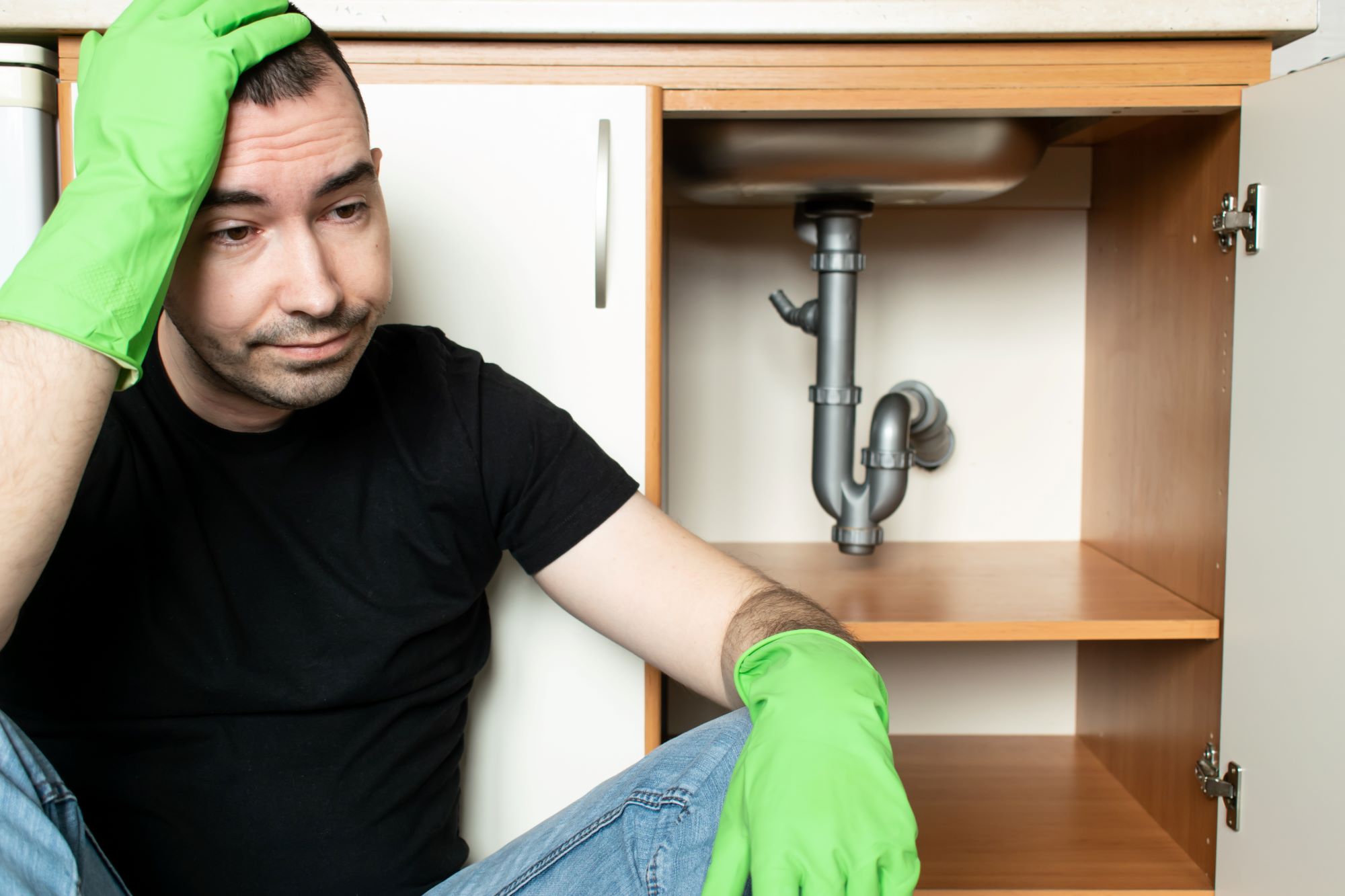
7 Common Plumbing Issues And How To Address Them
Plumbing problems can strike anytime, creating inconvenience and potentially leading to expensive repairs. However, some of these issues, while daunting, don’t always require the intervention of a professional plumber. Armed with some knowledge and the right tools, you can address these problems yourself.
By understanding the most common plumbing issues and learning how to manage them, you can enjoy savings and take control of your home maintenance.
Slow-Draining Sink
A slow-draining sink is typically caused by a blockage that restricts water flow. In the kitchen, food remnants or grease can be the culprit. In the bathroom, hair and soap often accumulate, slowing the drain. You can usually clear this by using a plunger, a plumber’s snake, or a hand auger. For stubborn clogs, a mixture of vinegar and baking soda can work wonders. However, avoid harsh chemicals, as they can corrode your pipes over time.
When do-it-yourself (DIY) methods aren’t effective, it’s time to call in the experts. In such cases, looking for help from professional plumbers in Shawnee, KS, or one in your area is highly recommended. You’ll appreciate their prompt and efficient service, ensuring your home’s plumbing is fixed correctly and in a timely manner.

Running Toilet
This plumbing issue typically stems from a malfunctioning flapper valve, which regulates water flow from the tank to the bowl. This problem can often be resolved by replacing the flapper. However, in some cases, the issue might be more complex, such as an improper float height, which would need adjusting. But if replacing the flapper or adjusting the float doesn’t help, you might need to replace the entire toilet fill valve.
It’s worth noting that a continuously running toilet can significantly increase your water bill, thus making prompt resolution important, particularly during bathroom renovations.
Leaky Faucet
A leaky faucet, while annoying, also wastes water. In most cases, such leaks occur due to a worn-out washer. To address this, first, turn off the water supply. Then, remove the faucet handle and the packing nut, revealing the stem. Once you remove this, you will find the washer. If it’s damaged or worn out, replacing it should solve the issue.
By addressing leaky faucets promptly, you can conserve water and prevent any potential damage to the plumbing system. But if you’re unsure about handling the repair yourself, it’s always a good idea to consult a professional plumber who can diagnose the issue and provide the necessary repairs.
Low Water Pressure
Low water pressure often presents itself as an unsatisfactory shower experience or a sink that dribbles when it should flow freely. This problem could arise from a variety of factors, including obstructions in your pipes, a simple leak, or issues with the local water supply.
Fixing this issue could be as straightforward as cleaning a shower head or as complex as replacing pipes. Hence, identifying the root cause is essential to resolving it.
Water Heater Issues
A malfunctioning water heater can lead to an uncomfortably cold morning shower. If your water heater isn’t producing hot water at all, it could be due to the pilot light going out. You can usually resolve this issue by following your heater’s instructions to relight it. On the other hand, if your unit produces lukewarm water, it could indicate that the thermostat is not set correctly or needs replacement.
In some cases, the heater might be too small for your household demand. When the issues persist after troubleshooting, or if the water heater is leaking, it’s advisable to call a professional. Ignoring these problems could result in more than just a lack of hot water but potentially severe damage or flooding.
Main Sewer Line Clog
A main sewer line clog might seem intimidating, but recognizing the signs, such as multiple simultaneous drain clogs, water backing up from drains, or a persistent foul odor, can alert you to take immediate action. This problem often stems from tree roots infiltrating the pipes or a buildup of waste and debris.

A blocked sewer line could result in sewage backup in your home, posing a health hazard. In such a situation, it’s best to call a professional plumber. They possess specialized tools and expertise to handle the problem efficiently and safely, ensuring your home’s hygiene and safety.
Garbage Disposal Jam
Garbage disposals are incredibly handy until they’re jammed. This problem often occurs when something unsuitable gets thrown in. As such, avoid hard items, fibrous foods, and grease. If it’s jammed, disconnect the power, and try using a wooden dowel to loosen the impeller. If this doesn’t work, your safest bet is to call a professional, as do-it-yourself (DIY) plumbing might complicate things further.
Conclusion
Understanding these common plumbing issues is essential to maintain a healthy and functional home. And with these tips at your disposal, you’re better prepared to tackle these common problems when they occur, potentially saving yourself time, money, and unnecessary frustration.




